Best End-To-End Testing Frameworks For 2023
Here's our Top Picks for E2E Testing Tools & Software
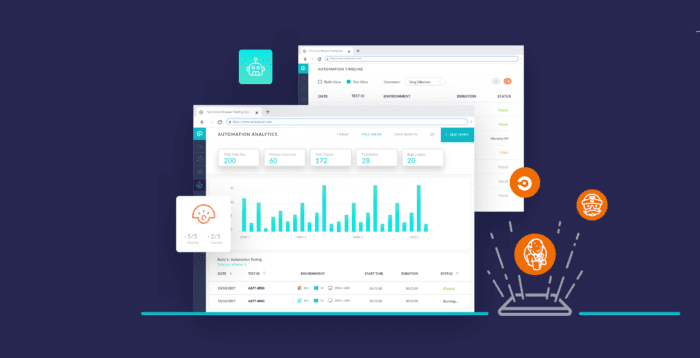
DigitalConsumer.org has the resources, staff, expertise and background to help people make informed financial decisions and choices. We've pooled our 25 yrs of combined experiences to ensure we can bring you the most unbiased, well informed content on the internet to help you make the right choices when looking to better your life.
DigitalConsumer.org adheres by strict editorial guidelines - Our readers can rest assured that we’re putting their interests as our top priority. Our articles and content is reviewed and written by industry professionals and edited by qualified subject matter experts, who further ensure all content or topics we publish is accurate, unbiased and trustworthy.
Our skilled contributors and reviewers emphasis their research and data analysis to align with what our readers want and need to learn more about - This includes (but is not limited too) making money on the side, finding information about retailers & online stores, how to earn income on the side and many other subjects of this nature. We strive to help everyone feel confident with their decisions and endeavors.
DigitalConsumer.org adheres by strict editorial guidelines - Our readers can rest assured that we’re putting their interests as our top priority. Our articles and content is reviewed and written by industry professionals and edited by qualified subject matter experts, who further ensure all content or topics we publish is accurate, unbiased and trustworthy.
Our Mission & Principles
We take pride in making it our mission to provide authentic, accurate and unbiased content, articles and data analysis of products and services for our readers. We've set high editorial standards to ensure that we meet and exceed the expectations of adding value to our readers' lives through our recommendations, reviews, comparisons and information. Our review and editorial board fact-checks all content maintain accuracy and integrity before our content is published to uphold our editorial standards. In order to not influence our editorials and contributor teams, we ensure that our contributors and editorial teams do not receive compensation directly from our advertisers.
Editorial Independence
DigitalConsumer’s contributor team and review board has one goal - To give our readers the most unbiased and honest advice to assist in making personal finance choices and decisions - Whether you're looking for services and apps to make extra cash on the side or finding a retailer or business to work with. We've enforced strict editorial guidelines to ensure that information and content presented to our readers on our website is not influenced by our advertisers. As mentioned above, our team of writers, contributors and editors receive no direct compensation from our advertisers, and our articles, content and reviews is properly fact-checked to ensure 100% accuracy.
Our expert team of contributors, writers and review board have a combined experience of over 25 yrs in business, finance and retail. We pride ourselves in helping our readers stay informed on consumer finance, business and retail information.
DigitalConsumer.org adheres and follows strict editorial guidelines, to ensure our readers can trust that our articles, content and reviews are unbiased, accurate and trustworthy.
Digitalconsumer.org is Independently owned, advertising-supported publisher and comparison internet service. We are compensated from advertisers to place ads (in-content, sidebar, and header ads)or by you clicking on affiliate links posted on our website. This compensation may impact where, how and in which order products are listed within categories or in our content. While we continually update and strive to showcase a wide variety products, services and offers, DigitalConsumer.org does not include content or info about every Product, retailer, service or app.
A software testing methodology called end-to-end testing examines an application’s flow from beginning to end. End to end testing with TestCafe aims to validate the system under test and its components for integration and data integrity by simulating the real user scenario.
Nobody likes to be known for their errors and carelessness, and the Testers are no different. As soon as the testers are given an application to test, they assume responsibility for it, and the application serves as a showcase for their practical and technical testing expertise. Technically speaking, “End to End testing” is required to ensure testing is completed.
The number of automated testing tools appears to increase weekly as software development expands. The options might be daunting when determining which tool is ideal for your team or your business. Choosing the appropriate tools for automation testing for your projects is an essential step in the development lifecycle, no matter whether you have started with a startup or a large organization.
We’ve compiled a list of some of the top end-to-end testing tools available on the market for this article. Today, you can find something for every level of experience with various tools ideal for developers, QA testers, and Agile team members.
Why Choose an End-to-End Testing Framework?
- Team members without coding skills can write, run, and maintain test cases using codeless test execution.
- Playback feature: enables you to record your test run and capture images for later playback.
- Testing across several platforms and devices is possible with cross-platform testing.
- Simple codebase: For tools with a codebase, simplicity enables integration with a wide range of frameworks and libraries.
What Does End-To-End Testing Entail?
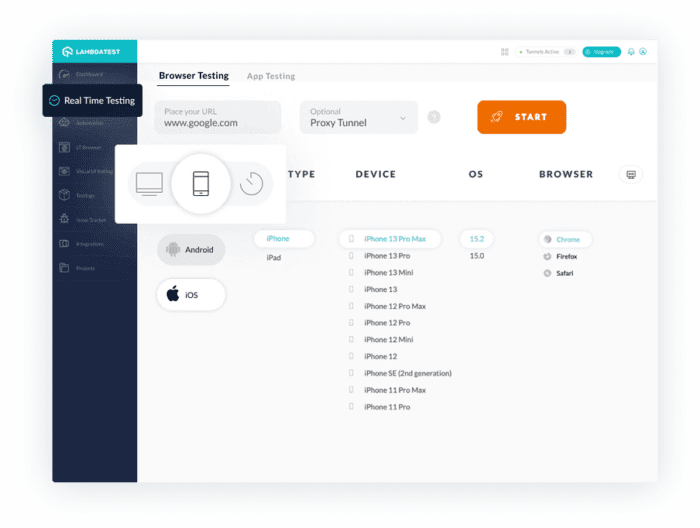
via Lambdatest.com
A software testing methodology called end-to-end testing examines an application’s flow from beginning to end. This testing will imitate the real user scenario to verify the system under test and its components for integration and data integrity.
The entire process is carried out in real-world conditions, including interactions between the application and hardware, networks, databases, and other applications.
This testing mostly identifies an application’s many dependencies and ensures accurate information is transmitted between different system components. It is often carried out following the conclusion of any application’s system and functional testing.
What Makes End-To-End Testing Essential?
Every program is linked to and integrated with several external systems and databases. It goes without saying that this complicates the app’s workflow.
E2E testing checks the accuracy of the operation of an application’s numerous dependencies. Additionally, it determines if precise information is being transmitted between various system components.
- Backend
E2E testing examines an app’s database and backend code. The program’s main functions rely on backend functionality; hence, this is required. - Multi-tier architecture
E2E testing is required to validate the architecture’s general functionality and the interactions between its many tiers when an application has a complicated architecture with a multi-tier workflow. - Distributed Environment
E2E testing is required for applications built on SOA (service-oriented architecture) or cloud environments. Additionally, it is essential for apps with several parts that must cooperate flawlessly for them to function. - Consistent User Experience
Since E2E testing includes the front, it also makes sure that the app’s user experience is compatible with a variety of devices, platforms, and environments. For instance, cross-browser testing is a crucial component of E2E testing.
How Is End-To-End Testing Conducted?
Let’s investigate how it functions to gain a better understanding.
Consider the banking sector as an illustration. A specific portion of the purchase price must be delivered to the broker when a Demat account holder buys shares. A certain amount of the proceeds is again provided to the broker, whether the shareholder makes a profit or loses money when he sells that share. Accounts are used to handle and represent all of these transactions. Risk management is used throughout the entire process.
The End-to-End test should be kept in mind when we examine the example mentioned above, and we will see that several levels of transactions and multiple numbers are used throughout the entire process. Numerous systems are involved in the whole process, which might be challenging to test.
E2E Testing Methods
1) Horizontal Test
This approach is frequently employed. It happens horizontally inside the framework of many apps. A single ERP (Enterprise Resource Planning) solution can use this technique. Consider the web-based implementation of an online ordering system as an example. The entire procedure will involve accounts, product inventory status, and shipment information.
2) Vertical Test
This approach verifies and assesses every application transaction from beginning to end. Each application layer is tested separately, starting from the top and working down.
In these circumstances, SQL codes against the database must be generated using API. These complex computing situations will require appropriate validation and focused testing. This makes the method considerably more challenging.
Best End-to-End Testing Tools of the Year
Here is a quick summary of each of the end-to-end testing frameworks, along with a list of some standout features and screenshots showing the user interface.
1. testRigor – The greatest all-inclusive method for codeless test automation from beginning to end
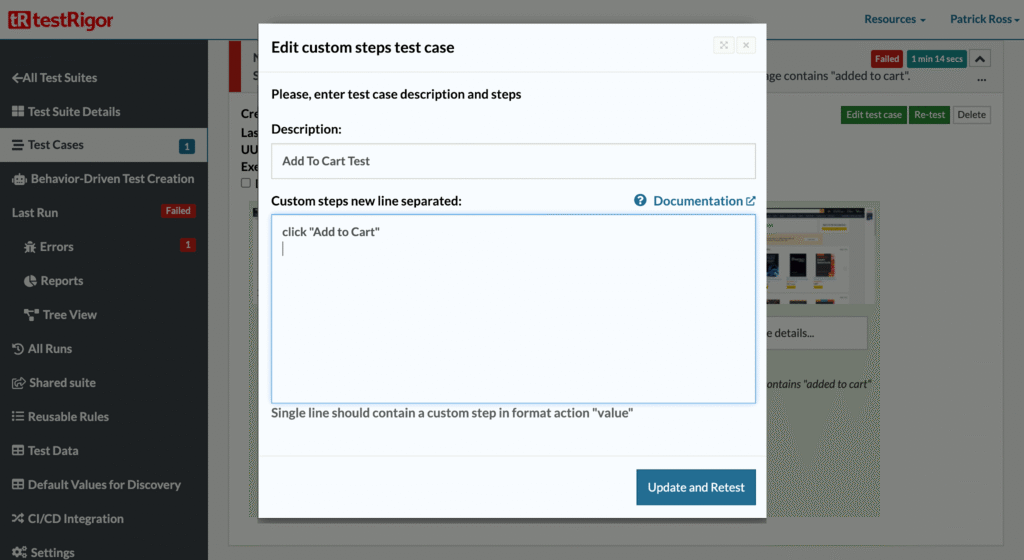
With the help of testRigor, teams can build a far more efficient test automation process. Since no coding is involved and the tests are written in plain English, it is designed for manual and hybrid QA testers.
Instead of pouring their attention into monotonous activities, QA testers may concentrate on testing new features and edge cases thanks to testRigor. It provides the capability for API, email, phone calls, and even cross-browser and cross-platform testing for the web and mobile. The tool also contains a record-and-playback feature and an AI that generates test cases on its own to increase coverage.
In addition to CI/CD tools, testRigor enables integrations with the significant issue and test tracking systems. testRigor offers customized pricing as per the request.
2. Mabl – Best for full AI automation
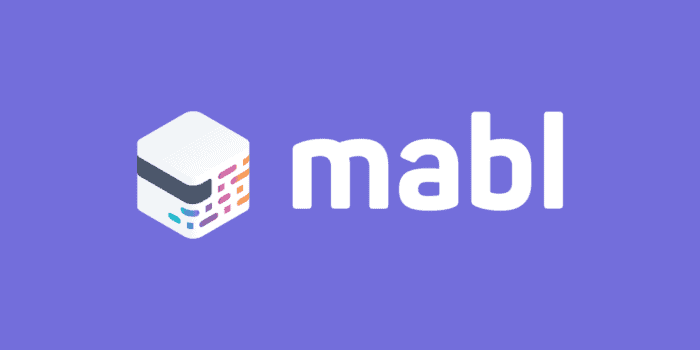
A low-code test automation platform, Mabl enables you to write and test scripts from a single interface. The tool allows you to finish software testing using scriptless code by fetching data based on the user’s actions without requiring the user to have any programming knowledge.
Full AI automated testing is possible with Mabl by evaluating the workflow from beginning to end, utilizing integrated API and UI tests through a single platform. Without using the UI, the tool enables you to carry out automated API testing by validating status code answers, headers, and body data.
Applications like Azure Pipelines, Bamboo, and notification platforms like Slack and Microsoft Teams are all integrated with Mabl. Mabl provides personalized pricing upon request.
3. Autify – testing across multiple platforms using different hardware and OS systems

A web and mobile app automation testing solution called Autify enables you to build, organize, and carry out complicated test cases and generate in-depth results on tests that have been successfully carried out. The tool offers thorough test coverage, and one feature is visual regression testing, which may detect changes in your application and execute tests without needing maintenance.
By using the Chrome extension for the tool, Autify lets you record interactions. The program enables cross-browser testing by running the tests on various operating systems, including Windows, Linux, and Mac, and on several mobile and web browsers. Additionally, Autify allows you to test on actual hardware, enabling you to simulate an end-user scenario and deliver a flawless user experience.
Autify has integrations with programs like TestRail, Jenkins, and Slack.
4. TestCafe – Tool that developers can use to tackle both unit testing and automation testing efficiently

A test automation framework called TestCafe employs only node.js code to test both online and mobile applications. The tool enables testing at all development lifecycle phases, including launching browsers, running tests, and producing reports on test results.
You may import programming languages and frameworks like React, Vue, and Angular using TestCafe. The tool is simple to set up and maintain, making it ideal for engineers working on Agile teams. With no external plugins needed, TestCafe enables you to approach unit testing and automation testing in a very similar manner. TestCafe is free and open source.
LambdaTest is a cross browser testing platforms that enables you to run manual and automated browser and app testing on a wide range of real browsers, devices, and OS combinations. It also offers a npm plugin using which you can integrate TestCafe with the cloud testing tool and get wide access to 3,000+ real browsers.
5. BugBug – For Agile teams, simple automated browser testing
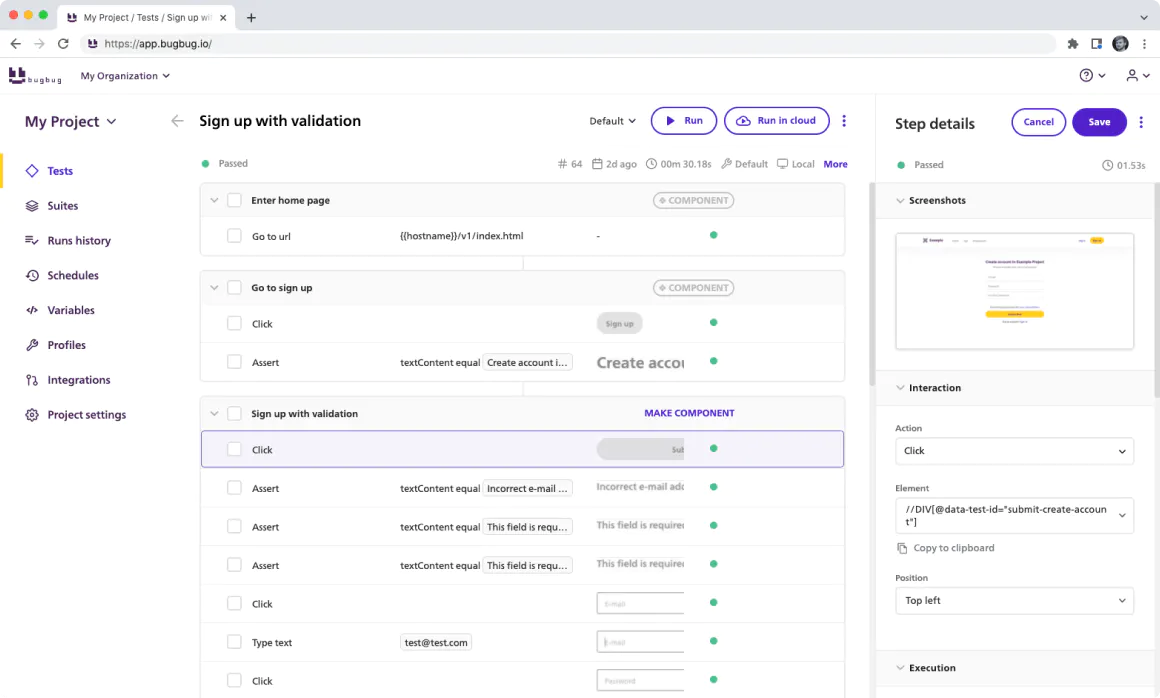
From BugBug’s central dashboard, you can view the history of your test runs and integrations. Using the automated testing tool BugBug, you can automate manual regression tests, which streamlines the debugging process for your team’s online applications. By allowing you to run tests from your continuous integration pipeline, the tool also enables you to carry out integration testing.
Since BugBug is a codeless testing framework, no one on your team needs to know how to code. Your team and you can monitor the real-time performance data of your online and mobile applications. This enables you to coordinate your performance testing and functional testing efforts.
For the Basic packages, BugBug costs USD 79.00 each month. You can get a free version of the tool easily.
6. Nightwatch – remove the requirement for selecting a testing framework

With the help of the tool’s Test Runner function, you can run tests sequentially or concurrently, with retries and waits. Nightwatch is a node. Js-based end-to-end testing tool. Using the versatile and assertion architecture provided by the means, you can quickly develop your plugins and perform integration testing.
While integrations with testing frameworks are available, Nightwatch does not require you to select a testing framework like Cucumber or Mocha because it comes with a BDD-style assertion library that simplifies setup and implementation. The program executes commands and assertions using Selenium WebDriver.
7. Cypress – Most effective for front-end UI testing
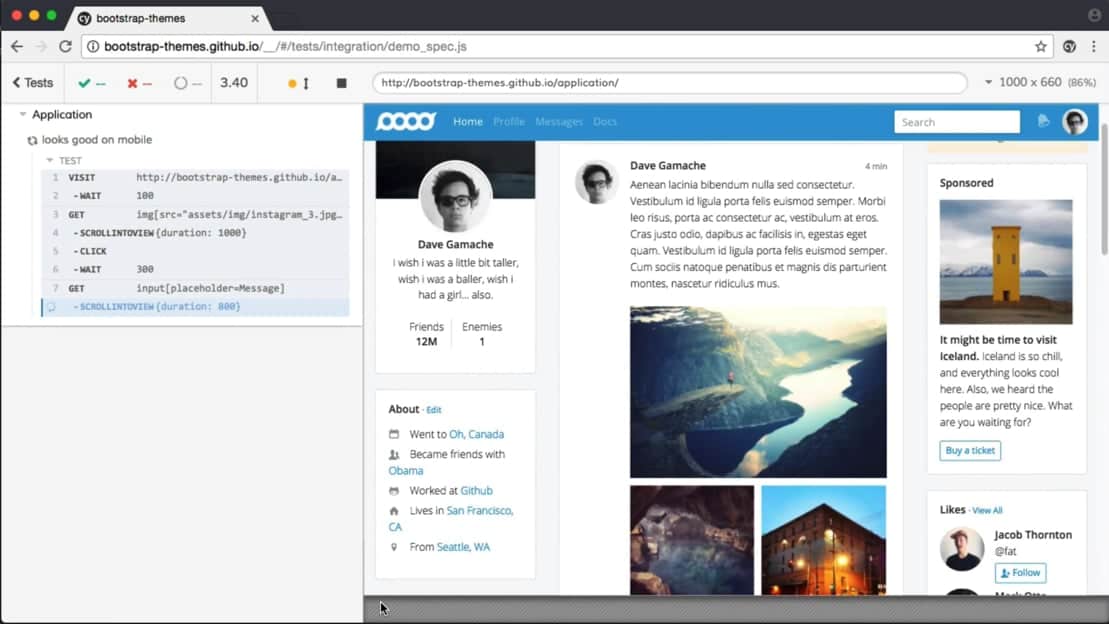
Use the snapshot functionality to record your test result and see it in the DOM simultaneously. You can debug the front-end user interface of your web applications using Cypress test automation framework. You can program automatic retries and waits, and the tool has a built-in debugging function. You may schedule test executions using Cypress as part of your CI/CD process.
When testing single-page applications with features like time travel, video recording, and image capturing, Cypress gives you the option to write your tests in Javascript syntax, which produces clear and reliable results. The program captures your web applications in snapshots, which lets you replay the evolution of the tests over time. This enables you to assess bug problems throughout your application testing extensively and successfully.
Cypress interfaces with DevOps tools like Docker and preprocessors like Cucumber and Browserify. Cypress costs USD 75.00 per month. There is also an open-source version of the tool.
To avoid any installation and debugging-related hiccups, using a cloud testing tool can be a good practice.
Testers can install LambdaTest CLI to enable cross-browser testing using Cypress. It is faster, feature-packed, analytical, and usable.
8. Avo Assure – 90% of the tests are covered without having to write any code.

You may manage your test cases using Avo Assure on various platforms and browsers.
Agile teams can achieve 90% test coverage with the help of the scriptless automated testing solution Avo Assure. You can use the program to perform cross-platform functional and performance testing on platforms like web, mobile, and mainframe. Your team will be able to do more testing in less time; as a result, speeding up the software development process.
A mind map feature in Avo Assure enables you to view your workflow visually. Planning and keeping track of your test cases and activities will be simpler for you and your team. This tool has a smart user interface that makes it simple for you to organize and preserve your work.
Jira, TFS, and QTest are among the services that Avo Assure connects with.
9. Selenium WebDriver js – Best UI tests for better UI quality
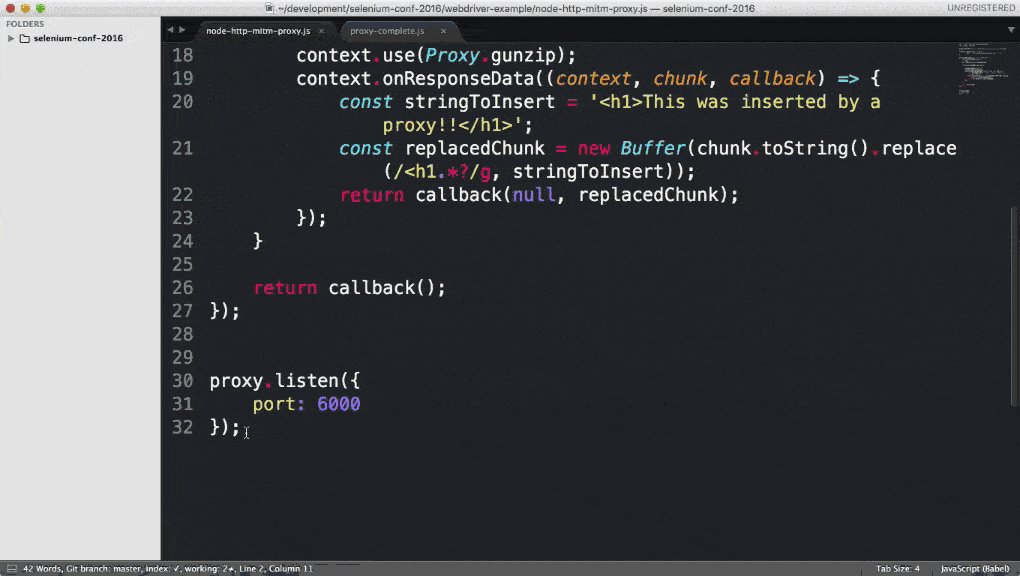
Use Selenium Webdriver js in Java to take a screenshot to inspect the outcome visually.
A framework for test automation called Selenium WebDriver js includes various tools and packages that make it possible to automate web browsers. The tool makes it simple to interact with and modify HMTl parts, enabling you to edit and personalize your tests however you see fit. In addition, Selenium WebDriver js makes it simple to manage your infrastructure by giving your team access to the test environment.
By interacting with your apps through desktop and mobile browsers and enabling JavaScript execution, Selenium Webdriver js makes it simpler to test the dynamic elements of your DOM. With Selenium Webdriver js, you can utilize a variety of programming languages in addition to Javascript, including C#, Python, Ruby, and Java. As a result, it is simpler to integrate the tool inside development teams because it can be used by any developer with knowledge of any coding language. The Selenium Webdriver js software is free and open-source.
10. Endtest – Minimal user interface that is easily maintainable
In Endtest, view the test run logs and then add the report to Jira.
You can create automated end-to-end tests with Endtest, an automated testing solution that offers a complete testing suite. Access control, parameterized testing, and cross-browser compatibility are a few of the tool’s adaptable features. You may test your application using IPs from different geolocations with Endtest’s geolocation testing feature.
Endtest offers a straightforward, uncluttered user interface that is simple to use even by a team without much technical expertise. With this, you can reduce the amount of time needed for tool training. When evaluating reports and test results, Endtest’s user interface presents information in a structured, simple way to understand.
Conclusion
End-to-end testing is crucial in creating software because it is essential to test the user experience and because automation technologies reduce the time needed to test your programs by a factor of two.
You may test the tools yourself to see how they work because most products offer a free trial. There are numerous options, ranging from open-source tools to premium solutions.
Tools like LambdaTest offer a comprehensive package of plugins and APIs that testers and developers can use to ensure a fast and result-oriented end-to-end testing.
